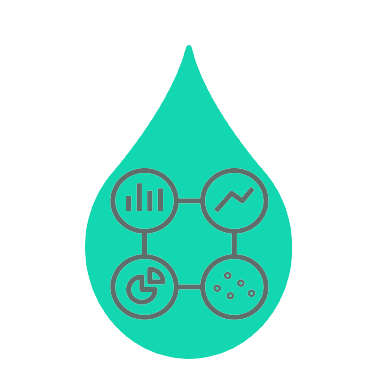Guest Post By Stacey Isaac Berahzer and Christine Boyle, PhD
Note: This is the second in a series of Valor Water Analytics blog posts exploring water affordability, customer nonpayment, and technology that can enable utilities to deliver water more equitably and sustainably to all customers. It was originally posted to Valor Water Analytics on April 22, 2019. You can read the first post here.
Where We Are Today: Identifying and Reaching Vulnerable Customers
In our last blog post, we discussed affordability topics that have been relatively well-covered in the water industry and academic research: the definition and measurement of affordability in the context of water service delivery, and an overview of customer assistance program (CAP) creation and funding. Though not necessarily solved, these issues have been discussed in many publications and conference proceedings. In this post, we will discuss a topic that has received less coverage: how a lack of customer information and contact data makes it difficult for utilities to increase CAP enrollment. Continue reading




